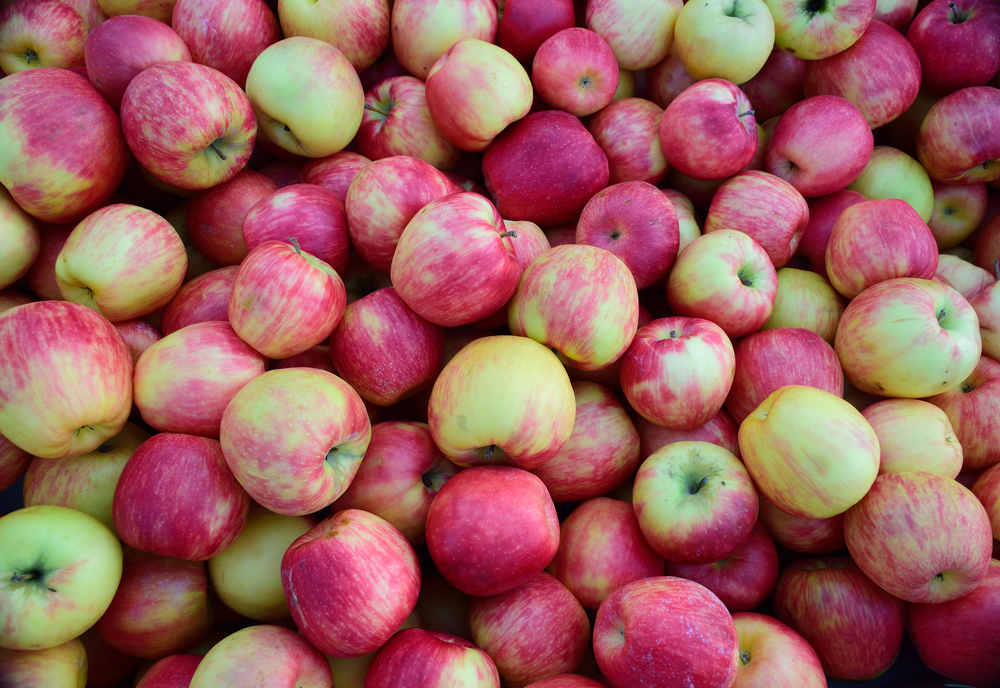Many people assume the concept of 3D printing fruit and food is just a temporary trend. While it remains to be seen how things will play out, there are use cases for this technology. It appears that 3D printing fruit will help the real thing taste better in the future.
3D Printing of Fruits Has Its Benefits
Researchers have been exploring with 3D-printed fruit, although not for the reasons people may assume. We are not talking here about edible 3D-printed fruit, but rather a tool that will help monitor temperatures, shocks, and motion to ensure that the fruit you purchase is in optimal condition. It will, for instance, ensure apples are nice and crisp, whereas your oranges remain free from bruises and weak spots. It is something from which everyone can benefit, assuming this technology does come to market.
Empa, a firm based in Switzerland, has been experimenting with 3D-printed apples for quite some time now. Their “apple” would reside in every crate of apples entering the country and be equipped with multiple sensors. It includes a temperature sensor, magnetic inlays, and a cavity for thermal filling, among other things. It looks and feels just like your average apple, including a hole where the core should be. This should prevent handlers from treating its containing box any differently from the next.
The 3D-printed apple weighs the same as other apples in its crate and has the density of the real thing as well. The main difference is how they can be created in laboratories, whereas real apples grow on trees. However, the researchers made significant progress in making the fake apple identical to a real one. All things considered, this seems like a viable experiment that should keep fruit from being mistreated before it reaches the consumer. That subsequently cuts down on wastage costs and helps the company turn a better profit.
One of the main selling points of this 3D-printed apple is how its internal thermometer is able to measure major fluctuations in temperature. That will not be the only sensor to be found in this apple, but it certainly is an important one. There is plenty of room inside the apple to house more sensors of all kinds if need be. It will be interesting to see what else researchers come up with to ensure our fruit tastes better and looks nicer in the future.
Experiments like these will provide shippers and growers with vital feedback regarding the transportation of their goods. Fruit is prone to damage and loss of taste while in transit. Coming up with solutions requires a creative approach to things, including hiding 3D-printed apples in crates of regular fruit. It is an exciting development, although it remains to be seen if there are any benefits to this approach over others.
A lot of people will be pleased to hear that they will not be eating 3D-printed apples anytime soon. The industry related to printing food is still in the early stages, yet advancements are being made on a regular basis. Printing edible fruits tasting just like the real thing is likely still a few years away.

